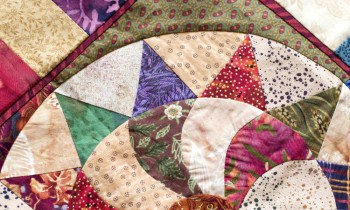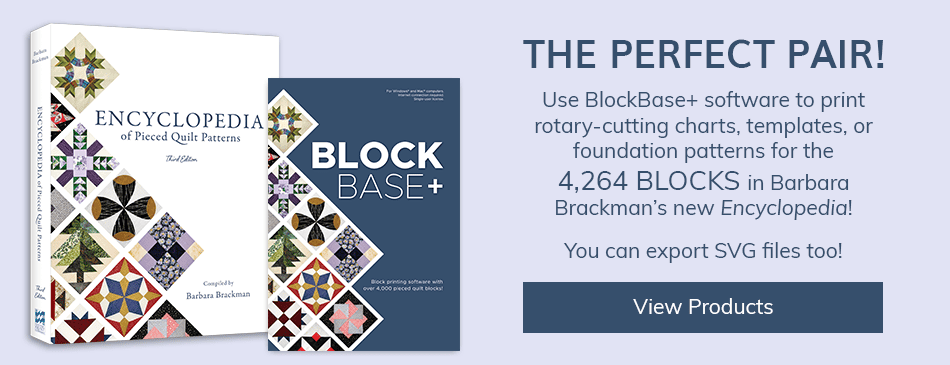

- QUILT PRO VS ELECTRIC QUILT FOR FREE
- QUILT PRO VS ELECTRIC QUILT PRO
- QUILT PRO VS ELECTRIC QUILT FREE
Madeleine Burry has written for The Spruce Crafts since 2019, covering pets, crafting, and helpful home and kitchen products. "Those are the places filled with knowledgeable people who can help troubleshoot and guide you on your personal quilting journey," she says. Also, join a quilting Facebook group or equivalent in-person or online. She recommends looking for a sewing machine that can sew a straight line, which is pivotal for quilting. As you advance your skills, you can move onto a more complex machine, perhaps one with a computerized display that can also embroider and sew beautifully.Īccording to Williams, you do not need a fancy machine to get started. "Specifically, look for a 1/4-inch seam foot, a walking foot and a free-motion quilting foot," she says. Other convenient things to look for include a carrying case, specifications for portability, and whether the machine is computerized or not.īaker recommends that beginners look for machines with just a few basic features. Beginners may additionally want to look for a machine with a lot of included stitches to increase the testing and learning that occurs. The quicker the stitch speed, the quicker you will be able to complete a project.
QUILT PRO VS ELECTRIC QUILT FREE
"However, do be aware that not all machines do well with free motion, particularly curved lines, sometimes resulting in ladder-looking stitches or loopy stitches on the backside of your project," she cautions.Īlso, an automatic thread cutter saves time.
QUILT PRO VS ELECTRIC QUILT FOR FREE
Carter believes that the two main features to look for in a domestic sewing machine for quilting is throat size and the ability to drop the feed dogs for free motion quilting.
QUILT PRO VS ELECTRIC QUILT PRO
Having specific features can make your quilting experience easier, whether you're a pro or beginner. "It is worth the money to not be frustrated with a throat size too small, or the inability to do what you wish because of not having the right feet or accessories to make the process fun," she says. "Sewing and quilting should be a joyful experience." Writer and craft blogger Carole Carter recommends buying the best machine you can afford to have the best quilting experience. I'd start looking in the $500 range," she shares. "However, if you plan on making more than a few things, I believe it's worth it to invest in a more substantial machine.

Baker knows it may be tempting to purchase a cheap option from a big box store, which may be a perfect option for a first-timer. Luckily, there are a wide range of machines available at various prices to fit whatever your budget is. Williams suggest visiting a sewing machine dealer (where you can get your machine serviced) and ask professionals for advice in the important purchase. Once your skills develop, you can begin to look at more expensive options with more advanced features and accessories.

Beginning with a less expensive option ensures you can test and try new skills and features without fear of messing up. "If you're a dabbler, or not sure you like quilting just yet, a used or borrowed sewing machine is a great option," she shares. Owner of Suzy Quilts, Suzy Williams knows how important price is when it comes to a large purchase like a sewing machine.

What to Look for in a Sewing Machine for Quilting Price For something a little cheaper, the Janome 2212 Sewing Machine ( view at Amazon) has all of the quilting essentials you need and can handle thick material-at just under $200. As an added plus, it's also covered by a 25-year limited warranty. It's durable, includes various stitches, and has an automatic needle threading function. Our top pick is the Singer Stylist 7258 Sewing Machine ( view at Amazon).


 0 kommentar(er)
0 kommentar(er)
